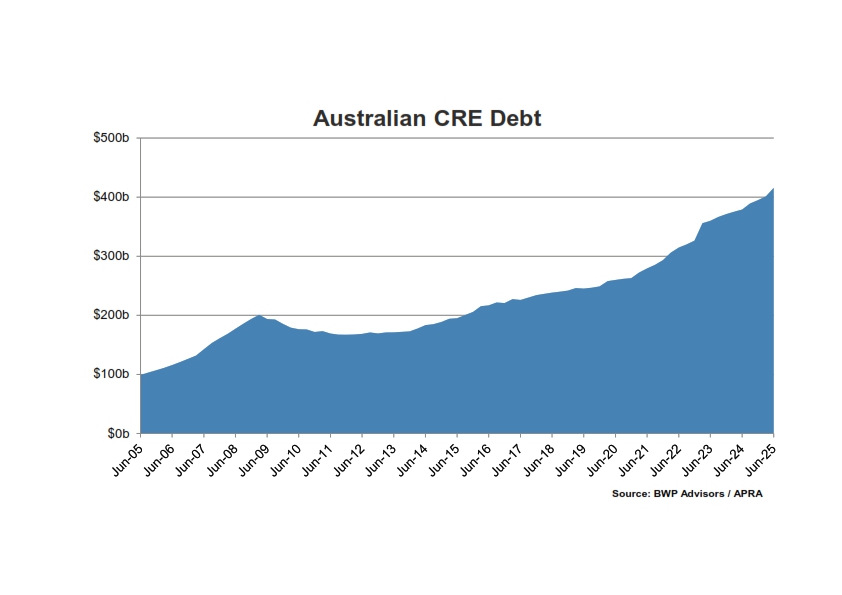
Australia’s banking regulator is taking decisive action to cool a heated housing market, but industry leaders caution that some investors may still find ways around the new lending brakes. According to a report by The Australian Financial Review, the Australian Prudential Regulation Authority (APRA) will introduce its first-ever debt-to-income (DTI) cap on mortgages starting February, limiting banks to issuing no more than 20% of new loans to borrowers whose DTI exceeds six times.
The change is designed as a pre-emptive safeguard against rising financial stability risks, particularly as property prices continue to climb nationwide. Yet experts say certain investors, especially those comfortable with more complex borrowing structures, may remain largely unaffected.
Creative Borrowing Could Undermine APRA’s Intent
Ben Kingsley, chairman of the Property Investor Council of Australia, believes APRA has struck a prudent balance by targeting higher-risk lending. However, he warns that the new rules may not fully capture the borrowing activity of individual property investors using corporate vehicles.
“We welcome this pre-emptive move when it comes to individual lending,” Kingsley noted. “But we remain concerned about access to lending via trusts, companies, or self-managed super funds, which can allow investors to sidestep these restrictions.”
Kingsley added that second-tier and private lenders continue to offer looser terms, enabling investors determined to leverage heavily to continue doing so. These borrowers are increasingly competing with first-home buyers for established, lower-priced houses — properties that typically deliver the strongest capital growth.
Despite the regulatory shift, he expects little change in activity among early-stage investors. For many, he said, the existing 3% serviceability buffer is already the primary borrowing hurdle.
APRA’s Data Shows a Growing High-DTI Segment
APRA’s latest figures show:
- 5.5% of total home loans sit at or above a six-times DTI
- 10% of investor loans exceed the six-times threshold
- Mortgage arrears remain low at 1.6%
While these numbers aren’t alarming, regulators are acting before the trend worsens.
Tim Lawless, research director at Cotality, said the measures are designed to ensure highly leveraged households have reduced access to credit. Yet he noted that mainstream borrowers are unlikely to feel the impact.
“This policy is aimed at investors with large portfolios or households on lower incomes trying to buy more expensive assets,” he explained. With investors now making up 41% of new mortgages, hovering near record territory, Lawless said a more aggressive tightening would be required to meaningfully cool property prices.
Market Sentiment: Cautious but Supportive
Frontline agents are signaling cautious optimism. Sydney north shore agent Jessica Cao of Ray White said some sellers may initially worry about buyer demand following APRA’s announcement. Still, she believes the long-term benefit outweighs short-term hesitancy.
“It will keep the market under control. We want sustainable conditions, not runaway growth,” Cao said.
In suburbs like Roseville, where the median house price sits near $3.9 million, borrowers are typically high-earning professionals with conservative financial profiles. Even so, Cao expects the DTI limits to cap some buyers’ borrowing capacity.
She also expressed support for APRA’s decision to cap investor and owner-occupier DTIs separately, arguing that communities with fewer investors tend to maintain stronger neighborhood cohesion. “We’re providing homes for people, not just investment tools for wealthy buyers,” she said.
A Regulatory Move with Mixed Real-World Effects
APRA’s new DTI cap represents a major step in its macroprudential toolkit, signaling heightened vigilance amid surging property demand. Yet industry voices remain split on its effectiveness: mainstream borrowers may see little change, while more sophisticated investors could continue accessing leverage through alternative channels.
As the February implementation approaches, the true test will be whether the measure meaningfully tempers investor-driven demand, or simply redirects borrowing activity deeper into Australia’s burgeoning private-lending market.





